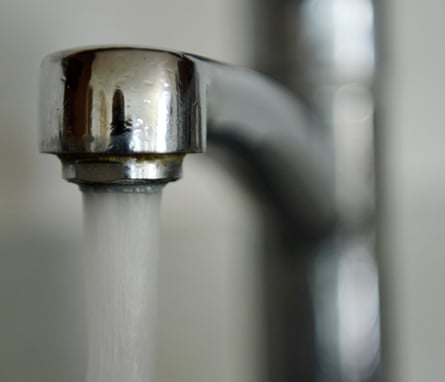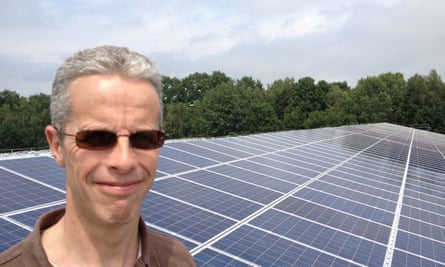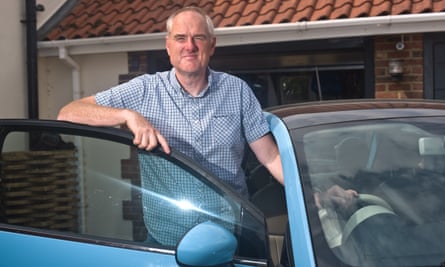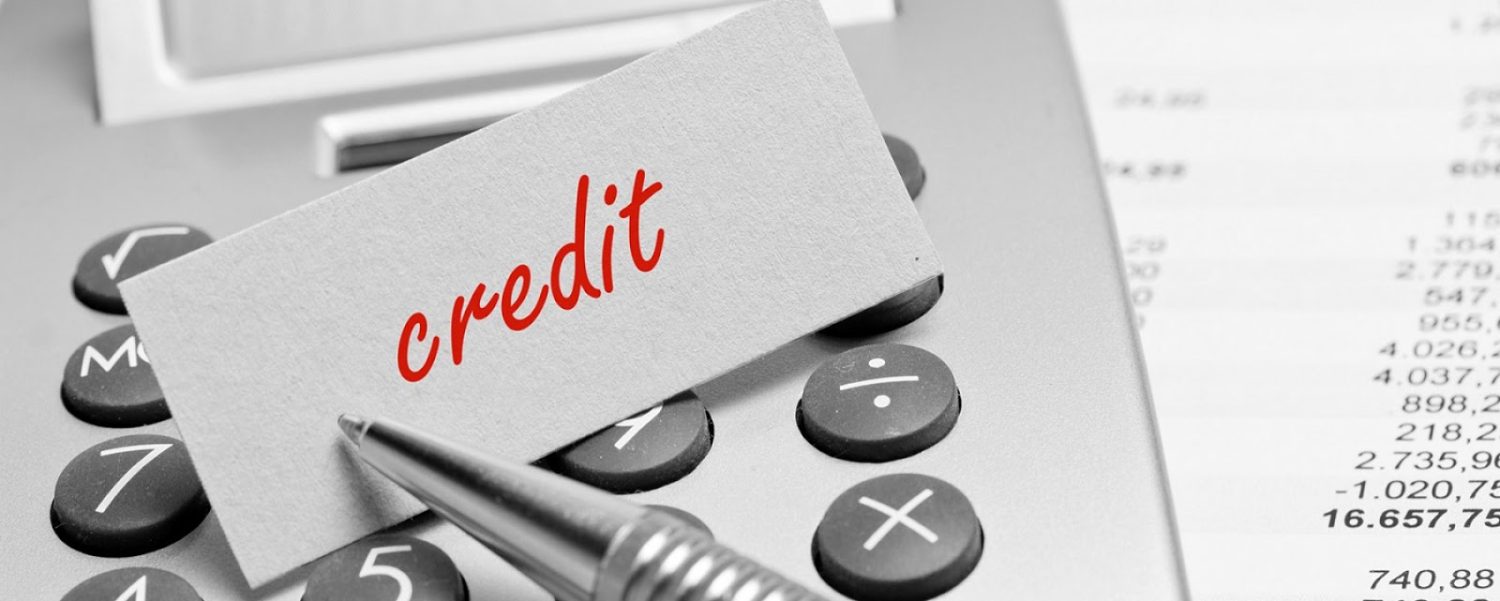British households are racing to install roof-top solar electricity panels amid huge energy price rises, with installers saying demand has “exploded”.
Simon Dudson, the chief executive of the Little Green Energy Company, which serves London and south-east England, says: “It’s absolutely crazy times. It’s unprecedented. We have had a 400-500% increase in business.”
The soaring price of electricity means a domestic solar panel system can now pay for itself in as little as seven years, and the way things are going, that could go down to five years. About a year ago, installers were saying the “payback” period was 15 years or more. Then there are the environmental benefits of solar panels.
But don’t expect to have a system installed by your first-choice company this side of winter. The increase in demand, plus supply problems – about 90% of panels are made in China – mean some installers are warning customers of delays stretching out 10 months or more.
Sussex Solar, like many installers across the UK, this week had a blunt message on its website. “We are very sorry but due to an unprecedented level of interest in solar panels and heat pumps, we are unable to accept any new inquiries for the time being. We will reopen our contact page towards the end of August …”
The supply chain is the thing that is holding us all backThe Little Green Energy Company’s Simon Dudson
Sussex Solar’s director, Amanda Baxter, adds: “It’s absolutely mad at the moment.”
The Solar Shed, based near King’s Lynn in Norfolk, had a similar message: “Thanks for getting this far. We’re not taking any new inquiries at present. Sorry. The contact us page will open again when we clear the backlog.”
Many reputable installers say they won’t start taking inquiries again until September – but could close again at any time.
“The supply chain is the thing that is holding us all back,” Dudson says. “The main issue six months ago was the shortage of skilled labour. Now it’s the global shortage of stock. The panel manufacturers are telling us they shifted as much in the first quarter of this year as they did for the whole of last year.”
So if you want to have any chance of getting panels on your roof, you will need to act soon. Keep a close eye on firms’ websites, and also be aware that the prices of panels and batteries are on the march upwards after many years of decline.
How much will it cost?
As little as £6,000 and up to £20,000 for a large house.
It all depends on the size of the system (measured in kilowatts), the battery (optional, and can double the price), the diverter (to feed electricity to your immersion water heater), and whether you choose to install an electric vehicle charger at the same time. “Premium” panels and batteries (such as Tesla’s) cost more.
 View image in fullscreenThe prices of solar panels and batteries are rising. Photograph: EyeEm/Alamy
View image in fullscreenThe prices of solar panels and batteries are rising. Photograph: EyeEm/Alamy
Is it worth it?
A 4kW system, suitable for the average home, should generate about 3,500kWh (kilowatt hours) of electricity a year across much of England.
At the time of writing, the average 28p unit price of electricity a kWh means the 3,500 kWh produced is worth £980. So if you paid £7,000 for an installation, in theory it’s paying for itself in about seven years.
In practice, the precise payback period will be different for every household and could be significantly more than the seven years if the home is unable to use much of the electricity produced.
However, the 28p unit price is expected to leap to 45p or more this winter. That would mean the value of electricity produced by a 4kW system would rise to £1,575 or more – suggesting solar panels could in theory pay for themselves in as little as five years.
But electricity unit prices could fall back, while the costs of the panels and installation are likely to rise, possibly steeply, so there are no guarantees.
Will it supply all my electricity? And heat my water?
The typical bungalow or detached home in the UK uses about 4,100 kWh a year, so panels producing 3,500 kWh a year will cover much of your usage.
You will want to change your electricity usage habits to make the most use of your panels. That means running appliances such as the dishwasher during the day, not at night.
 View image in fullscreenHave you thought about tapping into solar power? Photograph: Andy Rain/EPA
View image in fullscreenHave you thought about tapping into solar power? Photograph: Andy Rain/EPA
A diverter can send any surplus energy generated by solar PV panels to an immersion heater. Installers say this is now a better option than having separate solar hot water panels. They cost about £500.
Should I buy the battery?
A battery will store the solar energy produced – but not used – during the day and let you use it at night.
On a sunny day, many households will struggle to use half the electricity produced by the panels, so a battery sounds like a very good idea – except they are costly. Kevin Holland of the Solar Shed says: “You can almost double the cost of the installation by opting for a battery.”
The batteries cost £5,000 upwards – if you can find one. Installers say they are the most difficult thing to source at the moment.
Without a battery to store electricity, home consumption could be in the range of 25% to 30% of the electricity produced by the panels.
Can I sell surplus electricity back to the National Grid?
The “feed-in tariffs” that kickstarted the UK’s domestic solar industry have long gone. They were extremely lucrative, initially paying households 43.3p for every unit of electricity. But the rate was subsequently cut, then completely axed in 2019.
There is a rather less lucrative replacement scheme called the Smart Export Guarantee. The big electricity companies set their own SEG rate – and most pay just a few pence. At the time of writing, the best-paying was Octopus Energy at 7.5p/kWh, with the next best at only 5p/kWh.
Octopus also operates a tariff where what customers are paid varies every half-hour, according to day-ahead wholesale prices. Earlier this year customers in London were picking up £1.29 for every unit sent back to the grid.
“We choose to give these best-in-market rates on our tariffs because we know that our future energy system will need to include lots of small generators and homes with their own energy sources, too,” an Octopus spokesperson says.
Is my home right for solar panels?
 View image in fullscreenYou will want to change your electricity usage habits to make the most use of your solar panels. Photograph: Maxshoto/Alamy
View image in fullscreenYou will want to change your electricity usage habits to make the most use of your solar panels. Photograph: Maxshoto/Alamy
A south-facing roof, sloping at a 30-degree angle, is best. East- and west-facing panels will produce about 15% to 20% less electricity.
The good news is that advances in solar technology mean you need less roof space than 10 years ago to produce the same amount of electricity. You will generally need at least 20 sq metres of usable roof space.
Solar panels do not require planning permission but you will need listed building consent to put solar panels on a listed building. If you live in a conservation area, you will also need to contact your local council before going ahead.
In a heatwave, do solar panels really pump out the electricity?
Not really. What’s important is the intensity of light. Many experts say the panels actually work better at a temperature of 23C to 25C. Scorching weather is good for thermal water solar systems but not for maximising output from photovoltaic cells.
“If you compare a 4kW system in Madrid with one in London, on a perfectly clear day you will get more electricity from the one in London,” Holland says.
Can I get a grant?
Not at the moment. In 2013, the government’s green deal offered loans to help households buy solar panels but it ended in 2015 and there is no funding available for solar panels now.
One option is to apply to your bank for a home improvement loan. At HSBC, a £10,000 loan secured against your home would cost £183 a month over five years, with an APR of 3.9%.
Will the panels last?
The early adopters of solar panels report generally good news on this front, with the panels requiring little maintenance, and new ones expected to last up to 40 years.
Their efficiency declines over time – but only slowly. Batteries decline faster and may have to be replaced after 10 years.
Aren’t they all just double-glazing cowboys?
“There are still a fair amount of cowboys in the industry,” Sussex Solar’s Baxter says.
So how do you find a reputable installer?
Word of mouth is your best bet.
Ask around on your local street WhatsApp forums. Or try Which? Trusted Traders.
Traditionally you would expect to obtain three different quotes before proceeding. But as Holland at The Solar Shed says: “I’m just too busy for [that].”
 View image in fullscreenNew solar panels are expected to last up to 40 years. Photograph: Mint Photography/Alamy
View image in fullscreenNew solar panels are expected to last up to 40 years. Photograph: Mint Photography/Alamy
The early adopter who now runs a solar business
The former Guardian economics journalist Ashley Seager has been so inspired by the performance of his home solar panels – installed 15 years ago – that he now runs a solar business of his own.
In 2007 Seager installed a 3kW peak system (about four metres by three metres) on the roof of his Victorian home in south London. It has produced about 2,700 kW hours (kWh) a year – enough for more than 80% of his annual electricity needs – and 15 years later it is still going strong.
“The panels are supposed to degrade by about 0.5% a year but they have not. I’d estimate they have declined by no more than 0.25% a year,” he says.
“The newer panels are now more efficient. A 3kW roof system now needs less roof space than we needed back in 2007. You can now get a 4kW system in the space needed for a 3kW system years ago.”
Seager spent £8,500 on his panels, and they have more than repaid his investment. “Even before prices for electricity shot up we were getting a return of 10% to 15% per annum on the roof panels.”
Seager benefited from the government’s “feed-in tariffs” paid to early adopters, which are no longer available. He now thinks the government was overly generous: “They set the tariff so high, there was a massive return on the investment.”
 View image in fullscreenAshley Seager says: ‘Even before prices for electricity shot up we were getting a return of 10% to 15% per annum on the roof panels.’ Photograph: Handout/Ashley Seager, solar entrepreneur
View image in fullscreenAshley Seager says: ‘Even before prices for electricity shot up we were getting a return of 10% to 15% per annum on the roof panels.’ Photograph: Handout/Ashley Seager, solar entrepreneur
However, the falling cost and higher efficiency of the panels since 2007, combined with today’s soaring electricity prices, mean that the financial equation for fitting solar panels still stacks up without any government subsidies.
His company, Sun4net, focuses on installing panels on commercial rooftop spaces. But, like everyone else in the industry, he warns of the difficulty in obtaining supplies.
“We are busier than ever but it continues a strong upward trend that we saw after Cop26 [the 2021 UN climate change conference]. The value of the projects has really gone through the roof, so to speak. But anyone in the domestic panels business who says they have much stock is not telling you the truth.”
He estimates that about 95% of all panels come from China. Its government heavily subsidised its solar PV industry, which helped bring down prices but also drove manufacturers in Europe and North America to the wall.
Now, as Europe wakes up to its overdependence on Russian gas, it is realising it has an even greater dependence on China to supply solar panels.
‘My aim is to be off-grid as much as possible in the summer’
Norfolk homeowner Stephen Beardmore says he has just spent £14,500 on a complete home solar system – including panels, battery, diverter and car charger.
He made the move not only because of recent electricity price rises but because “for me, it was always the right thing to do”.
Beardmore, who works for the Royal Air Force, says: “I’ve been thinking about it for the last two years. I have always been keen on technology and keen on renewables, long before Putin invaded Ukraine.”
 View image in fullscreenStephen Beardmore has spent £14,500 on a complete home solar system. Photograph: Si Barber/The Guardian
View image in fullscreenStephen Beardmore has spent £14,500 on a complete home solar system. Photograph: Si Barber/The Guardian
Like many solar buyers, the biggest initial hurdle was finding a reputable supplier. “As soon as you start doing research, you get bombarded with ads on Instagram and Facebook. It felt like I was walking into a dodgy car sales agency,” Beardmore says.
Friends recommended the Solar Shed in nearby King’s Lynn. “My aim is to be off-grid as much as possible in the summer. I agreed a 16-panel, 405W-per-panel system, with an 11kW battery. And I put a car charger in at the same time, even though I don’t have an electric car yet. For me, it’s about a change in lifestyle and the way you use power.”
As part of his research, he calculated his household’s overall electricity usage before the panels were installed, which added up to 4,300 kWh over 2021.
After the scaffolder came in, the whole thing only took two daysStephen Beardmore
“They have only been up for six weeks but I’m completely happy with them. We have a smart meter and I’m already down to 80p a day for electricity.”
Most of the panels are on a directly south-facing roof, with the rest on a west-facing roof.
Installation was done with limited disruption. “I only had to take one day off. After the scaffolder came in, the whole thing only took two days.”
As for the aesthetics of the panels, he says: “I don’t even notice them up there.”
The only hitch so far is that the battery is yet to arrive, although he expects it to come soon.
Would he recommend it? “In the current situation, if people don’t get the message about renewables now, they never will.”
This article was amended on 25 August 2022 to add further detail about the potential savings from solar panels, clarifying that the payback period will be different for every household, and that without a battery to store electricity, home consumption could only be 25 to 30% of the electricity produced.
This article was amended on 25 August 2022 to add further detail about the potential savings from solar panels, clarifying that the payback period will be different for every household, and that without a battery to store electricity, home consumption could only be 25% to 30% of the electricity produced.



Leave a Reply
You must be logged in to post a comment.